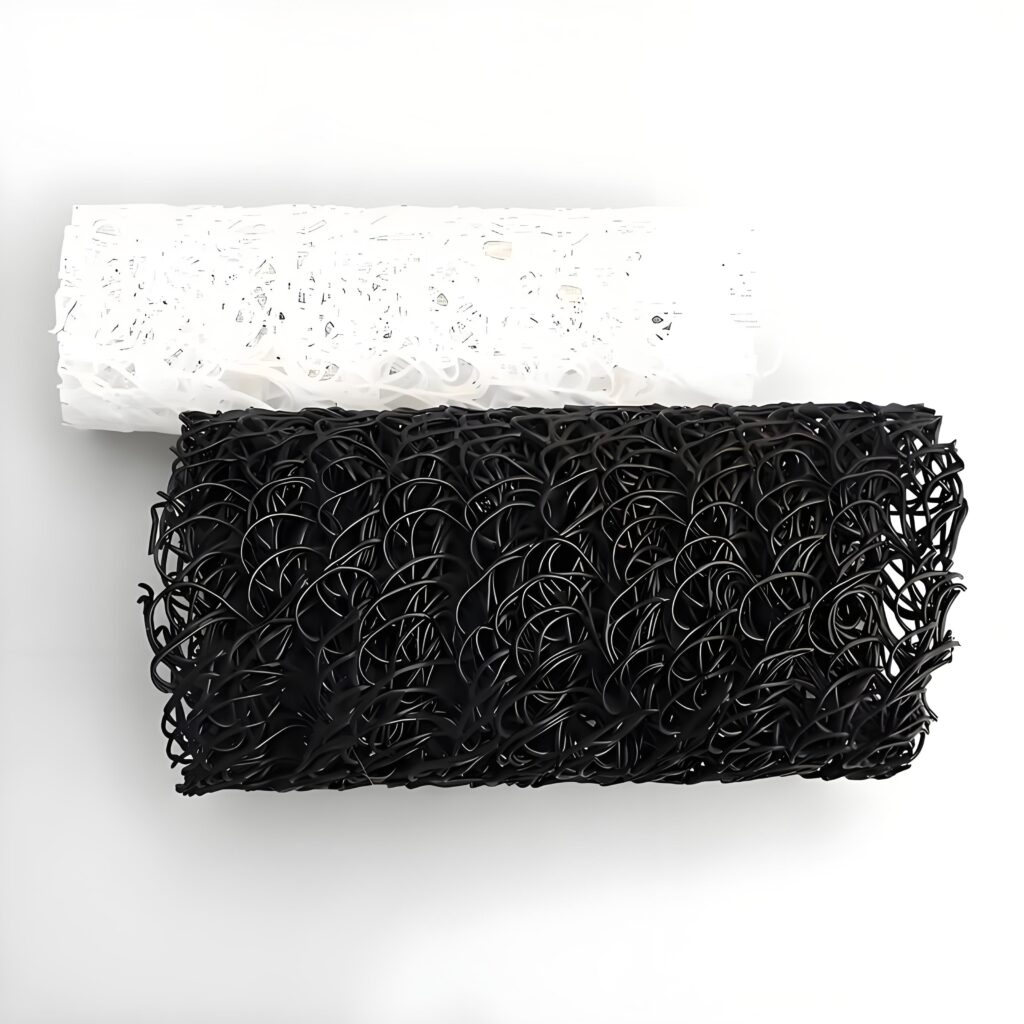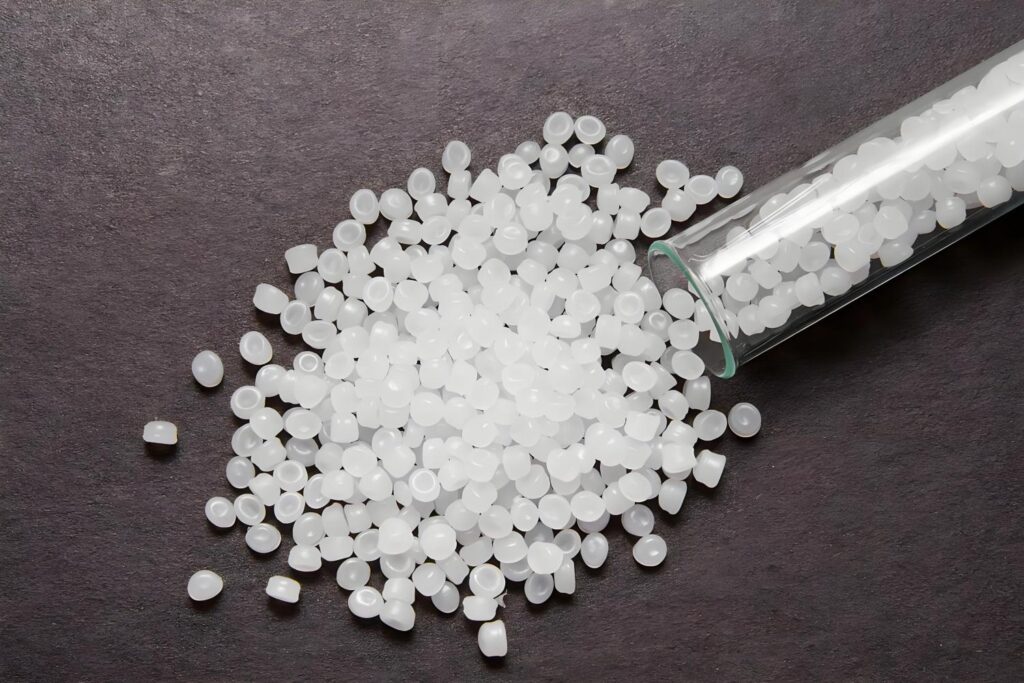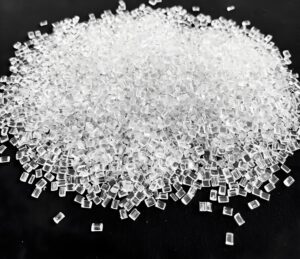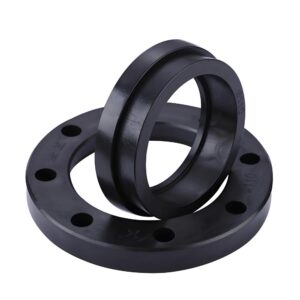Polypropylene (PP) stands as a cornerstone in the machining and manufacturing sectors, prized for its versatility, durability, and resistance to chemicals. Among its many properties, the melting point of PP is a critical factor that shapes its use in countless applications, from automotive parts to packaging. This blog delves into the nuances of polypropylene’s melting point, offering insights into its variations, significance, and practical uses. Written with manufacturers and industry enthusiasts in mind, this guide aims to clarify how this property drives innovation in machining.
What Is the Melting Point of Polypropylene?

Polypropylene, a thermoplastic polymer, can be melted and reshaped multiple times, making it a favorite in industries requiring precision molding. Its melting point typically ranges from 130°C to 171°C (266°F to 340°F), depending on the specific type and composition. This range allows manufacturers to mold PP into diverse shapes while maintaining its structural integrity.
Unlike metals, which have a precise melting point, PP’s melting range varies due to its molecular structure. This variability requires machinists to understand the specific PP grade they’re working with to ensure optimal processing. Whether crafting intricate components or robust industrial parts, knowing the thermal behavior of PP is essential for achieving high-quality results.
Melting Point of PP Types
Polypropylene comes in various forms, each with distinct thermal properties that influence its melting point. Here’s a breakdown of the main types:
Homopolymer Polypropylene
Homopolymer PP, known for its rigidity and high crystallinity, melts between 160°C and 171°C (320°F to 340°F). Its elevated melting point makes it ideal for applications requiring strength, such as automotive components or industrial fittings.
Copolymer Polypropylene
Copolymer PP, which includes random and block copolymers, has a lower melting range of 135°C to 159°C (275°F to 318°F). Random copolymers offer flexibility and clarity, perfect for packaging films, while block copolymers provide enhanced impact resistance for durable goods.
Impact Copolymers
Designed for toughness, especially in cold environments, impact copolymers melt between 135°C and 150°C (275°F to 302°F). These are commonly used in products like storage containers or household items that demand resilience.
Selecting the right PP type based on its melting point ensures that manufacturers achieve the desired balance of strength, flexibility, and processability in their projects.
Importance of the Melting Point of Polypropylene
The melting point of PP is more than just a technical detail—it’s a defining factor in its industrial applications. Here’s why it matters:
Precision in Machining
In processes like injection molding or extrusion, the melting point dictates the temperature settings needed to shape PP without degrading it. Precise control prevents defects, ensuring components meet exact specifications.
Material Compatibility
Different applications call for specific PP grades. High-melting-point homopolymers suit heat-resistant parts, while copolymers are better for flexible or low-temperature uses. This knowledge guides material selection for optimal performance.
Cost and Energy Efficiency
By heating PP to just above its melting point, manufacturers can minimize energy consumption while maintaining quality. This approach supports sustainable production and reduces operational costs.
Product Longevity
The melting point influences a product’s ability to withstand environmental heat. Choosing a PP grade with an appropriate melting point ensures durability in applications like medical devices or automotive parts exposed to varying temperatures.
Factors Affecting the Melting Point of Polypropylene
Several variables can shift the melting point of PP, impacting how it’s processed and used:
Molecular Structure and Crystallinity
The degree of crystallinity in PP affects its thermal behavior. Highly crystalline homopolymers have tightly packed molecular chains, leading to a higher melting point, while less crystalline copolymers melt at lower temperatures.
Additives and Reinforcements
Incorporating additives like stabilizers, plasticizers, or fillers (e.g., glass fibers or talc) can modify the melting point. Fillers may slightly raise it by enhancing thermal stability, while plasticizers lower it for increased flexibility.
Processing Techniques
The heating and cooling rates during manufacturing influence PP’s thermal properties. Controlled cooling can enhance crystallinity, potentially raising the melting point, while rapid heating may cause uneven melting.
Polymer Blends
Blending PP with other polymers can alter its melting point. The type and proportion of the secondary polymer determine whether the melting point increases or decreases.
Environmental Exposure
Prolonged exposure to UV light or chemicals can degrade PP, potentially lowering its melting point over time. Proper storage and handling are crucial to preserving its thermal properties.
By accounting for these factors, manufacturers can fine-tune their processes to achieve consistent, high-quality results with PP.
Application of the Melting Point of PP

The melting point of polypropylene drives its use across a wide range of industries. Here are some key applications where this property is critical:
Injection Molding
Injection molding relies on melting PP to create precise components like medical syringes, automotive dashboards, or consumer goods. The melting point ensures proper flow and solidification during the process.
Extrusion for Films and Pipes
Extrusion processes melt PP to form continuous shapes like pipes, sheets, or packaging films. The melting point determines the extruder’s temperature settings, ensuring uniform output.
3D Printing Innovations
In additive manufacturing, PP’s melting point guides nozzle temperature settings for 3D printers. This ensures strong layer adhesion and structural integrity in printed parts, such as prototypes or custom components.
Packaging Solutions
PP’s melting point enables the production of both rigid containers and flexible films for food and beverage packaging. Copolymers with lower melting points are ideal for flexible films, while homopolymers suit sturdy containers.
Textile Production
PP fibers, used in carpets, ropes, and upholstery, are created by melting and spinning the polymer. The melting point ensures the fibers maintain their shape and strength during production and use.
Automotive Manufacturing
High-melting-point PP is used in automotive parts like bumpers, interior panels, and battery casings, where thermal stability is critical for performance under diverse conditions.
Precision in Polypropylene Applications
Understanding the melting point of polypropylene is essential for industries seeking reliability, efficiency, and innovation. From packaging films that need to retain clarity to automotive parts that endure high temperatures, the melting point provides the foundation for correct processing and application.
At Precionn, expertise in machining and precision engineering ensures that international clients benefit from reliable knowledge and high-quality manufacturing solutions. With a focus on performance and customer satisfaction, the company continues to support businesses that depend on materials like polypropylene to shape the products of tomorrow.




